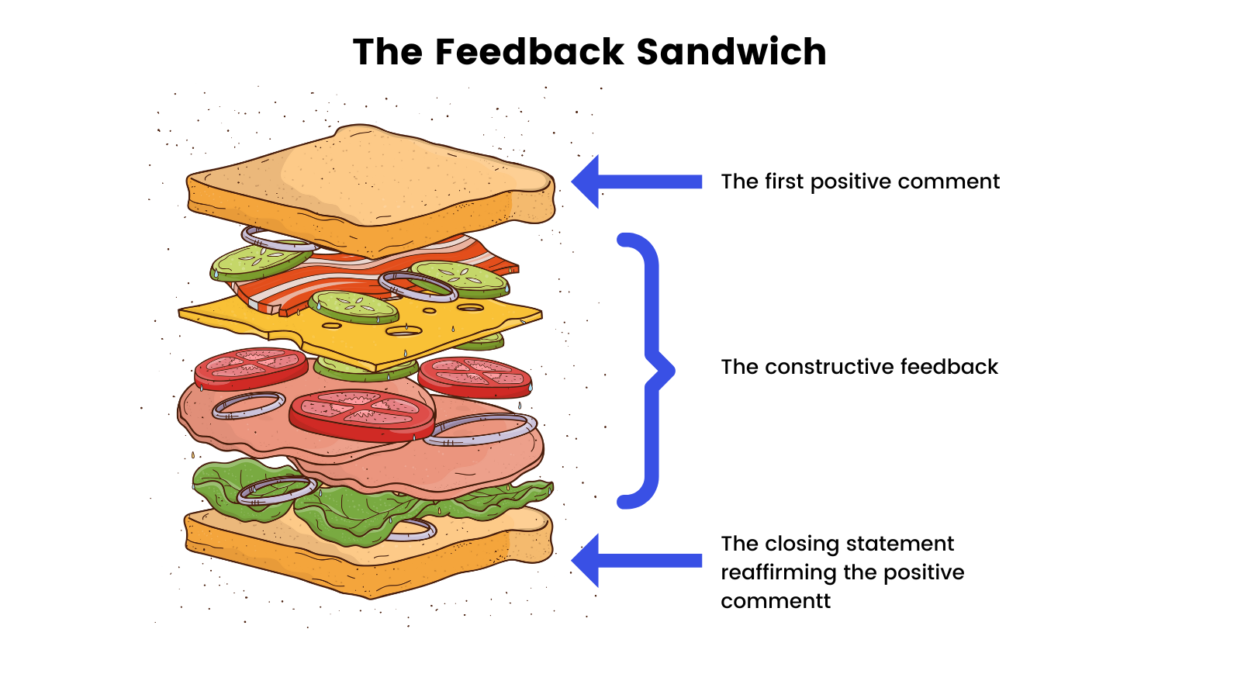One of the biggest benefits to being in a writing community is the amount of feedback you can receive on your projects. Revision on your own is all well and good, but you know your story like the back of your hand. It is easy to glaze over the parts that don’t make sense because they make sense to you. Spelling errors and grammatical mistakes slip your notice because you’ve read that line a hundred times. This is where feedback from fellow writers comes in handy. However, to receive this feedback, it is important that you are also prepared to give as much as you take. The more quality feedback you give, the more people are willing to give back. Unfortunately, many writers don’t know how to give good feedback. For me, I didn’t learn how to give feedback until I started taking creative writing classes in college. Most published writers do not study writing in school; they never receive a lecture on how to give feedback and instead must learn by jumping straight into the deep end. If you yourself are struggling to swim, or perhaps would like to refresh your backstroke, here are three methods of giving feedback and some thoughts on receiving it as well.
The Compliment Sandwich
It’s hard to deliver negative feedback to people, especially when you are friends with them. You don’t want to hurt their feelings; for all you know, this writing project could be their baby. To make the message easier to accept (and, of course, to celebrate what you DID like), I like to wrap the hard part in compliments: a Compliment Sandwich.
- What did you like about the writing piece?
- What could use revision?
- What was your favorite line/scene/moment?
Yin Yang Feedback
While I was researching ways to give feedback, I found this charming blog post by Lindsay Ann Learning, which talks about the Yin Yang method. Similar to the Compliment Sandwich, this critique format focuses more on what the writer did well rather than what they can improve on. The author notes that sometimes a writer is really good at something in one instance, such as an excellently described image, but is lacking that something in another instance. The format they suggest is like this:
“See, here, you did this thing that I liked and enjoyed…can you do more of that over here?”
This method is empowering in a way the Compliment Sandwich is not. Remember, the writer knows what they are doing, but revision is a long and arduous process. Sometimes it is nice to hear about what technical skills one is good at, and it is especially nice to hear that the reader wants more of it.
Bored!
In my very first college writing workshop, we used the Compliment Sandwich method of delivering feedback. However, many did not like the coddling that comes with that style of feedback, and instead wanted to be told in a straightforward way what they should or should not improve. We tried it and hey! It worked well for some of us! Much like the “Bored” scene from BBC Sherlock, this method can be seen as rude, but it is an effective way of communicating exactly what you are thinking when you are communicating with certain writers.
In this more blunt method, simply tell the writer what isn’t working. Perhaps there has been too much down-time in the story. Maybe the dialogue feels irrelevant. Because this form of critique is inherently negative, it is important to use tact. Many writers appreciate this form of feedback more than the padded Compliment Sandwich because it gets right to the point. As a more experienced writer, I appreciate being told upfront what I need to work on—but that was not always the case. As a baby writer, I probably would have cried at the bluntness of this form. Be sure to ask the writer what works best for them; people are tough, but we don’t want to cause harm. I’ve found that when I’m deciding what to keep and what to cut, this feedback is most helpful. Though I don’t always agree with the feedback that is given to me, the bluntness of this method feels more sincere than the cozy comfort of the Compliment Sandwich and the Yin Yang methods.
Receiving Feedback
Before you give out your writing, ask yourself: am I ready to accept whatever feedback I get? Most people will be nice, but there are some criticisms that will really cut deep. Finding out that many people dislike your favorite scene or think your clever joke interrupts the flow of the story is the worst. But, the good news is, you don’t have to edit for every critique you get. Instead, take a step back from your story and consider:
- Do I understand what the critique is saying?
- Would editing to the critique make the story better?
- Do I like the change?
Remember, you do not have to delete the old version of your writing. That is what multiple drafts are for! Cryogenically freeze your darlings, and if the edit isn’t working for you, you can backtrack to what works better for you.
Happy critiquing!











